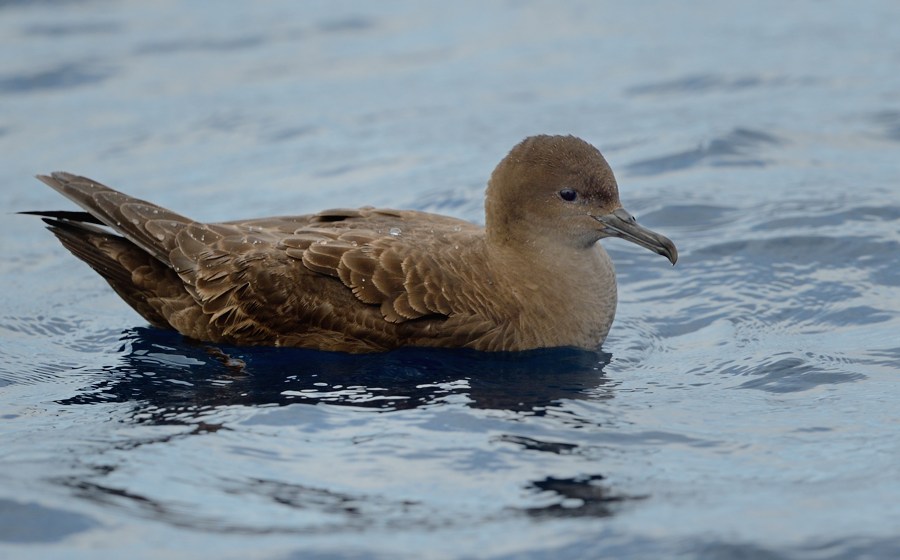 Short-tailed Shearwater off North Cape,New Zealand, photograph by Kirk Zufelt
Short-tailed Shearwater off North Cape,New Zealand, photograph by Kirk Zufelt
Harrison Talarico (Biological Sciences, University of Tasmania, Hobart, Australia) and colleagues have published open access in the journal Avian Conservation and Ecology on detecting the presence of Short-tailed Shearwaters Ardenna tenuirostris with acoustic recording units.
The paper’s reference follows:
“The migratory timings of many seabirds are shifting because of climate change, and viable methods to quantify these patterns are required. Using acoustic recording units (ARUs) to detect vocalizations can be effective in monitoring seabird migration. Specifically, ARUs can help detect the arrival dates of seabirds and assess the impact of environmental changes. However, processing large volumes of acoustic data can be challenging, particularly in seabird colonies where overlapping vocalizations and non-target noise are prevalent. Acoustic indices may mitigate some methodological challenges associated with processing acoustic data from colonies as they are fully automated and easy to use for researchers with limited experience in bioacoustics. However, little is known about the efficacy of acoustic indices in quantifying the arrival dates of seabirds. Short-tailed Shearwaters (Ardenna tenuirostris) are ecologically and culturally important migratory birds. Their late arrival to breeding areas in Tasmania in recent years created a need for efficient monitoring. This study aimed to explore the use of acoustic indices in identifying the timing of post-migratory return to their colonies in southeastern Tasmania. Five nightly subsamples were taken from recordings over three to four weeks at nine nesting sites, which spanned the period around the normal arrival time of the birds. The samples were manually tagged for vocalizations and other biotic and abiotic sounds. We used two acoustic indices (ACI and NDSI; applied to both raw data and data filtered using a novel wind-filter) to detect change points in number of vocalizations, as a proxy for arrival dates. By using a combination of the NDSI on raw data and ACI on wind-filtered data, we were able to detect the arrival of Short-tailed Shearwaters at seven of the nine study sites.”
Reference:
Talarico, H.R., Jordan, G.J., Woehler, E.J., Hamer, R. & Lavers, J.L. 2025. The efficacy of acoustic indices in detecting the post-migration return of Short-tailed Shearwaters (Ardenna tenuirostris) to their colonies. Avian Conservation and Ecology 20(1):26. doi.org/10.5751.

 English
English  Français
Français  Español
Español